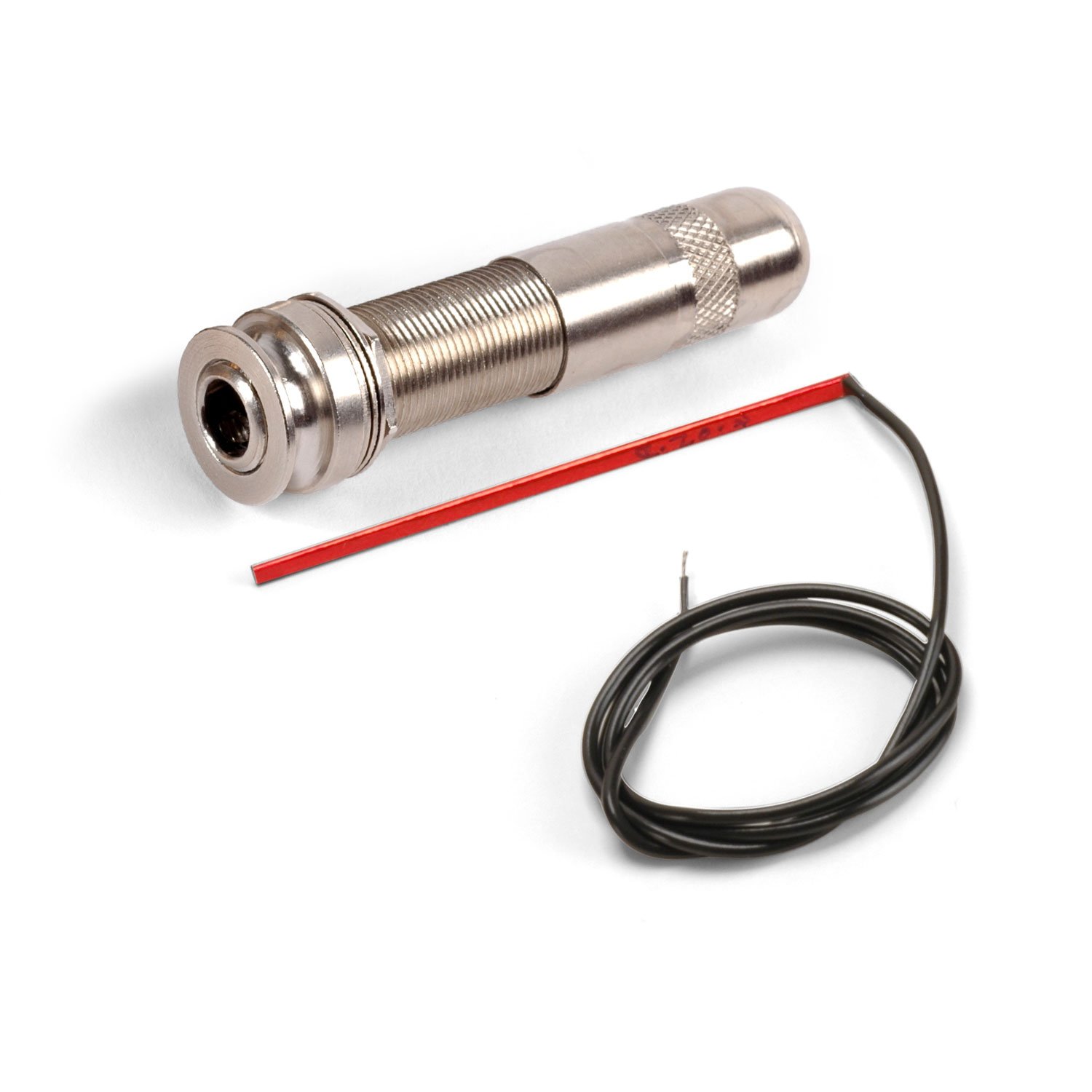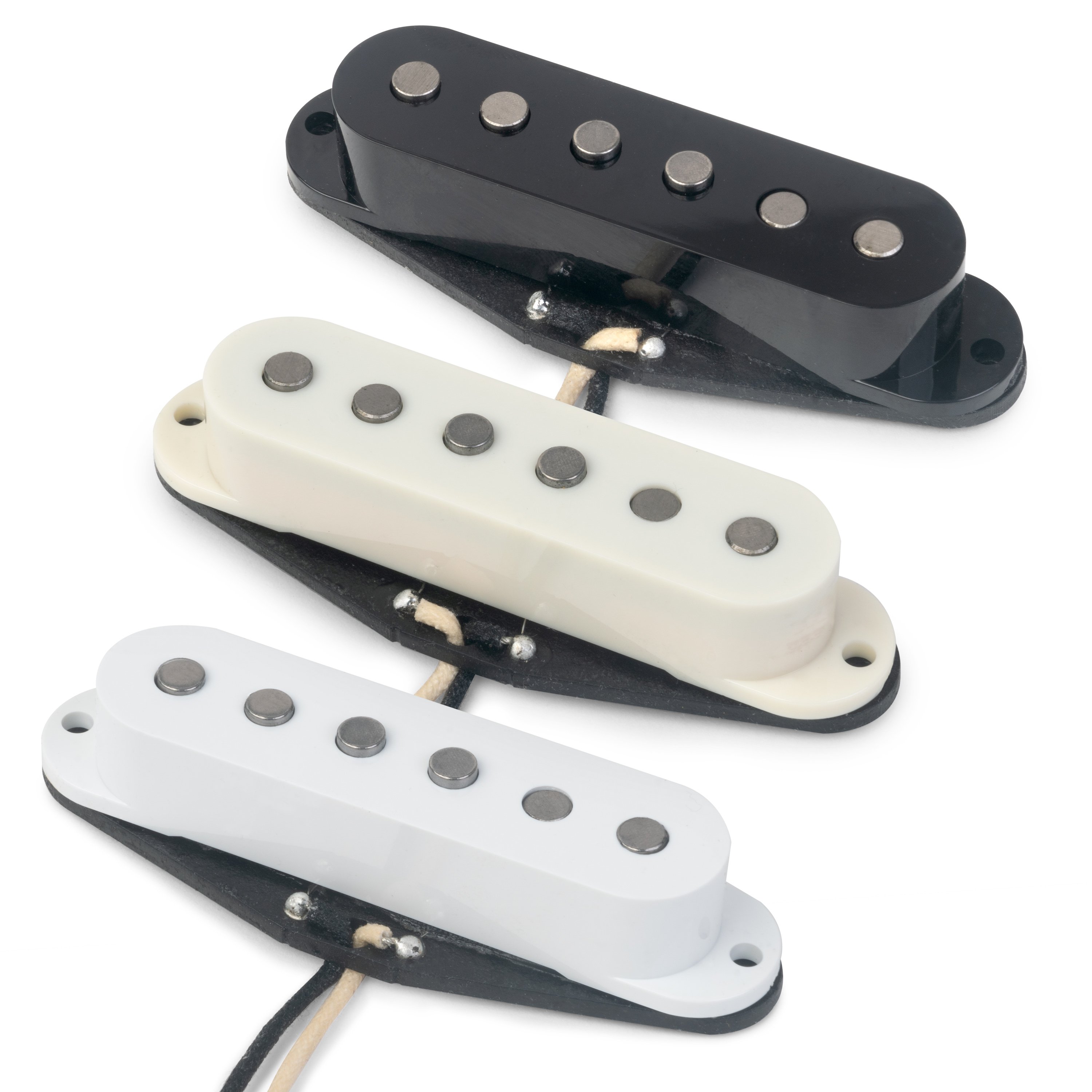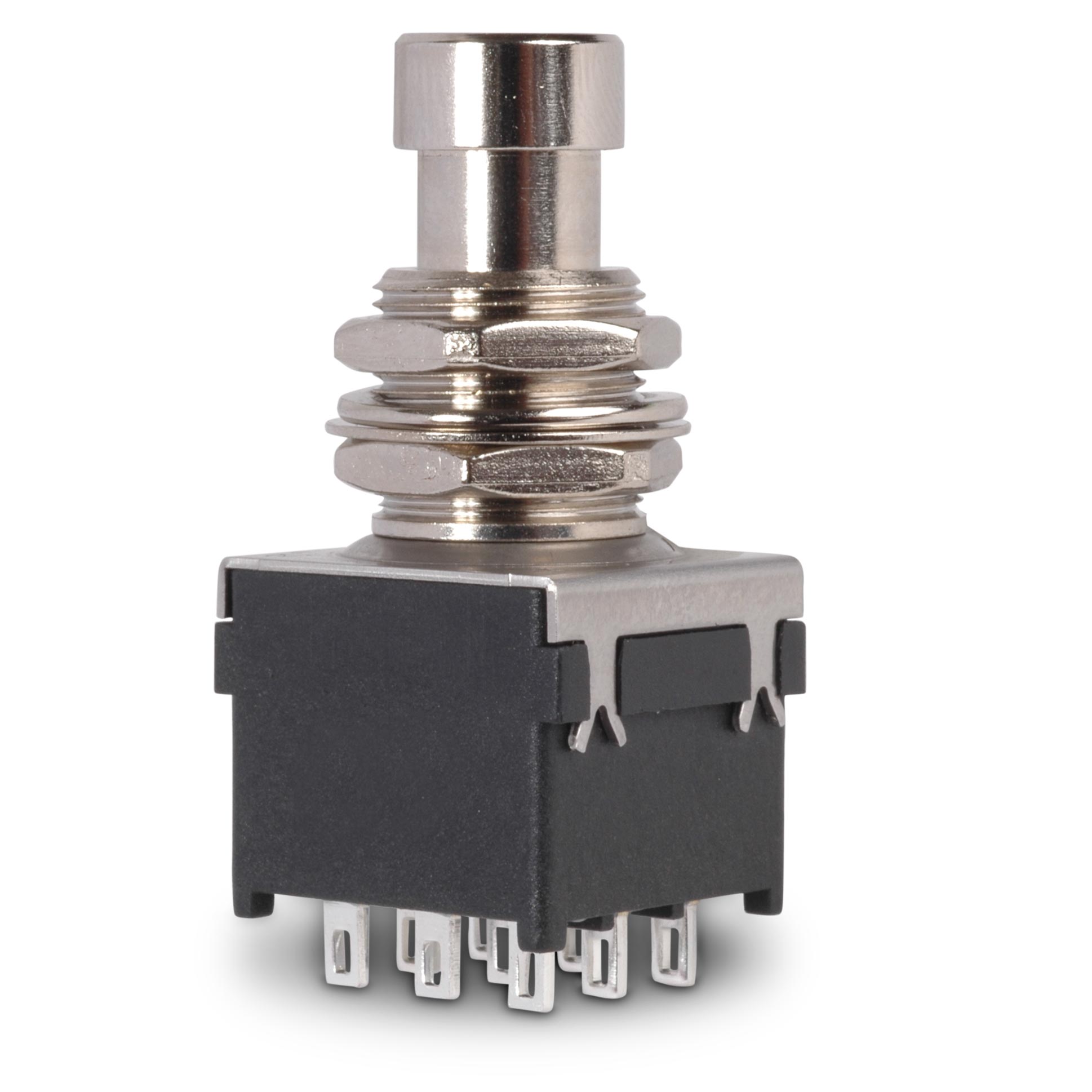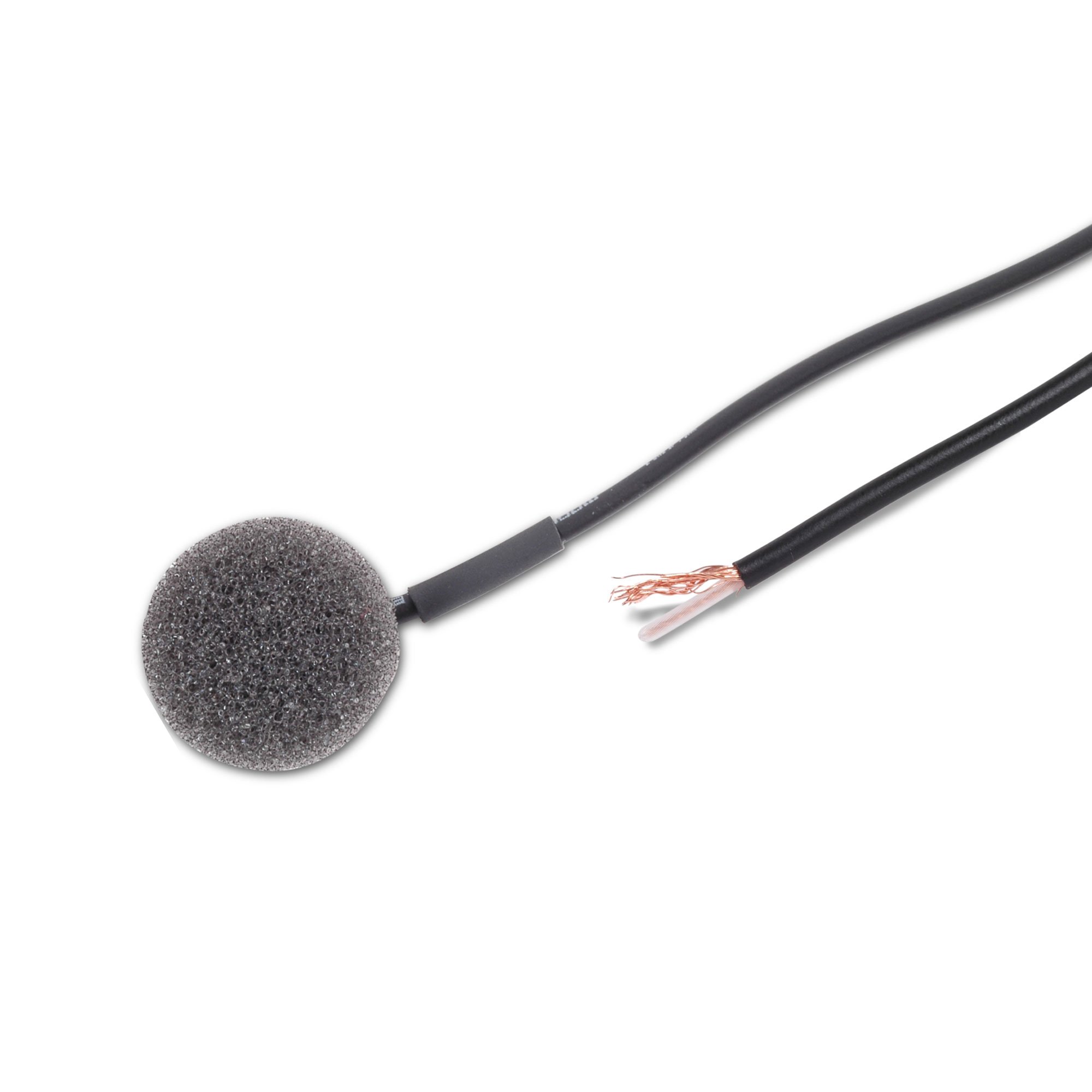Understanding Guitar Wiring, Part 9: Impedance and impedance matching
Understanding impedance and impedance matching
Any electrical circuit has an inherent impedance, and electric guitars or electrified instruments are no different. There are exceptions to this rule, but most often the manufacturer of these "different" components has designed other components to change the system to standard high impedance.
Magnetic (High impedance)
High impedance is the standard output for an electric guitar. Most amplifiers and other electric gizmos that players use are designed to work with high impedance magnetic pickups.
Piezos (Ultra high impedance)
Transducers are ultra high impedance devices. Therefore, to attain maximum sonic performance, a preamp/buffer must be used. A buffer takes the ultra high impedance signal and converts it to a standard high impedance signal which most guitar amps, PAs and recording equipment can handle.
Many players use a "stomp box" effects unit between the guitar and the amp or PA, instead of an onboard or external preamp/buffer. Since many floor effects can accept an ultra high input impedance and deliver a standard high impedance output, they can be used as a buffer. Graphic or parametric equalizers are a logical choice, as they offer frequency control and buffering.
Magnetic (Low impedance)
The most common low impedance magnetic pickups are the "active" pickups sold by EMG and other specialized manufacturers. They differ from high impedance designs in that they typically use fewer turns of a lower gauge (thicker) magnet wire. These coils have a low DC resistance, which translates into a very low output, but very wide frequency response.
To compensate for the extremely low output and to buffer the signal to high impedance, these manufacturers build small preamps (often sealed inside the case of the pickup) that are powered by an onboard 9-volt battery. This is where the term "active" comes from. These small preamps are very clean, and boost the output of the pickup, often to very high levels. Typically, high impedance pickups never break the 1-volt output range, while some low impedance designs exceed 2 volts. Some of these pickups are designed to be VERY hot, which will drive the preamp section of a guitar amp very hard. This is desirable for high-gain rock-n-roll.
A few makers (Alembic is the most notable) retain the low impedance signal out of the guitar and send it to specially designed amps, or often directly into PA boards. PAs are designed to accept low impedance inputs, as most good microphones—for improved frequency response—are low impedance.
More in This Series
Part One: How a magnetic pickup works
Part Two: What is a potentiometer and how does it work?
Part Three: How is a volume pot wired?
Part Four: What is a capacitor and how does it work?
Part Five: Selector Switches
Part Six: Mini toggle switch basics and push-pull pot basics
Part Seven: Output Jacks
Part Eight: Grounding and Shielding
Part Nine: Understanding impedance and impedance matching
Part Ten: Wiring Glossary
Part Eleven: Sample Diagrams



